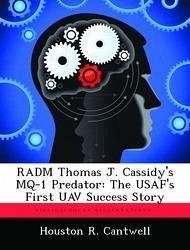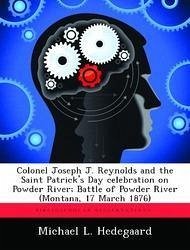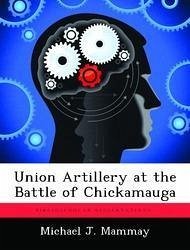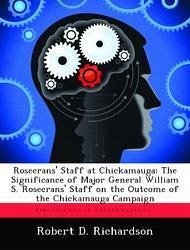Nicht lieferbar
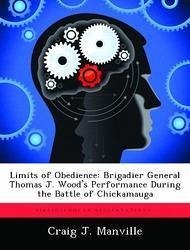
Limits of Obedience: Brigadier General Thomas J. Wood's Performance During the Battle of Chickamauga
Versandkostenfrei!
Nicht lieferbar
This thesis is a historical analysis of the order that Brigadier General Thomas J. Wood received from Major General William Rosecrans during the Battle of Chickamauga. There are many questions concerning Wood's actions on 20 September 1863. Wood's obedience to this written order created the gap into which Lieutenant General James Longstreet drove his right wing. This thesis will discuss the circumstances surrounding this order and the effect it had on the battle. It will investigate the limits of obedience and disobedience and will seek to determine if Wood should have disobeyed, or at least q...
This thesis is a historical analysis of the order that Brigadier General Thomas J. Wood received from Major General William Rosecrans during the Battle of Chickamauga. There are many questions concerning Wood's actions on 20 September 1863. Wood's obedience to this written order created the gap into which Lieutenant General James Longstreet drove his right wing. This thesis will discuss the circumstances surrounding this order and the effect it had on the battle. It will investigate the limits of obedience and disobedience and will seek to determine if Wood should have disobeyed, or at least questioned, this critical order issued by General Rosecrans. This work has been selected by scholars as being culturally important, and is part of the knowledge base of civilization as we know it. This work was reproduced from the original artifact, and remains as true to the original work as possible. Therefore, you will see the original copyright references, library stamps (as most of these works have been housed in our most important libraries around the world), and other notations in the work. This work is in the public domain in the United States of America, and possibly other nations. Within the United States, you may freely copy and distribute this work, as no entity (individual or corporate) has a copyright on the body of the work. As a reproduction of a historical artifact, this work may contain missing or blurred pages, poor pictures, errant marks, etc. Scholars believe, and we concur, that this work is important enough to be preserved, reproduced, and made generally available to the public. We appreciate your support of the preservation process, and thank you for being an important part of keeping this knowledge alive and relevant.






